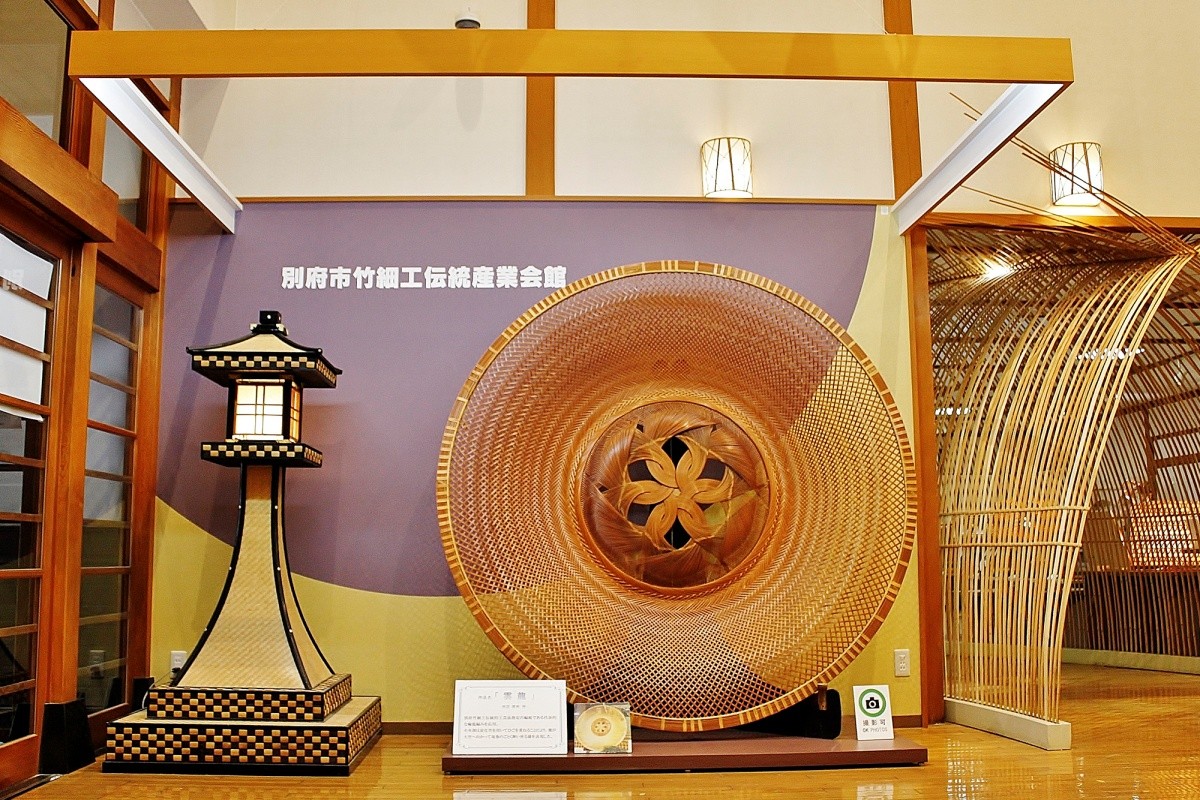
Alongside traditional Japanese wooden crafts, bamboo crafts are artisanal products primarily made from bamboo. In Japan, bamboo has been widely utilized since ancient times, just like wood. It has been used to create everyday items, agricultural tools, and implements for tea ceremonies and flower arrangements. This article introduces the world of bamboo crafts, exploring their history and the many traditional items that continue to be made today. Enjoy discovering the unique techniques and history that have shaped Japan’s bamboo craftsmanship.
🚅 Book your Shinkansen tickets with NAVITIME Travel! 👉 Click here
*By purchasing or reserving products introduced in this article, a portion of the sales may be returned to FUN! JAPAN.
Japan’s "Bamboo Crafts": History and Definition
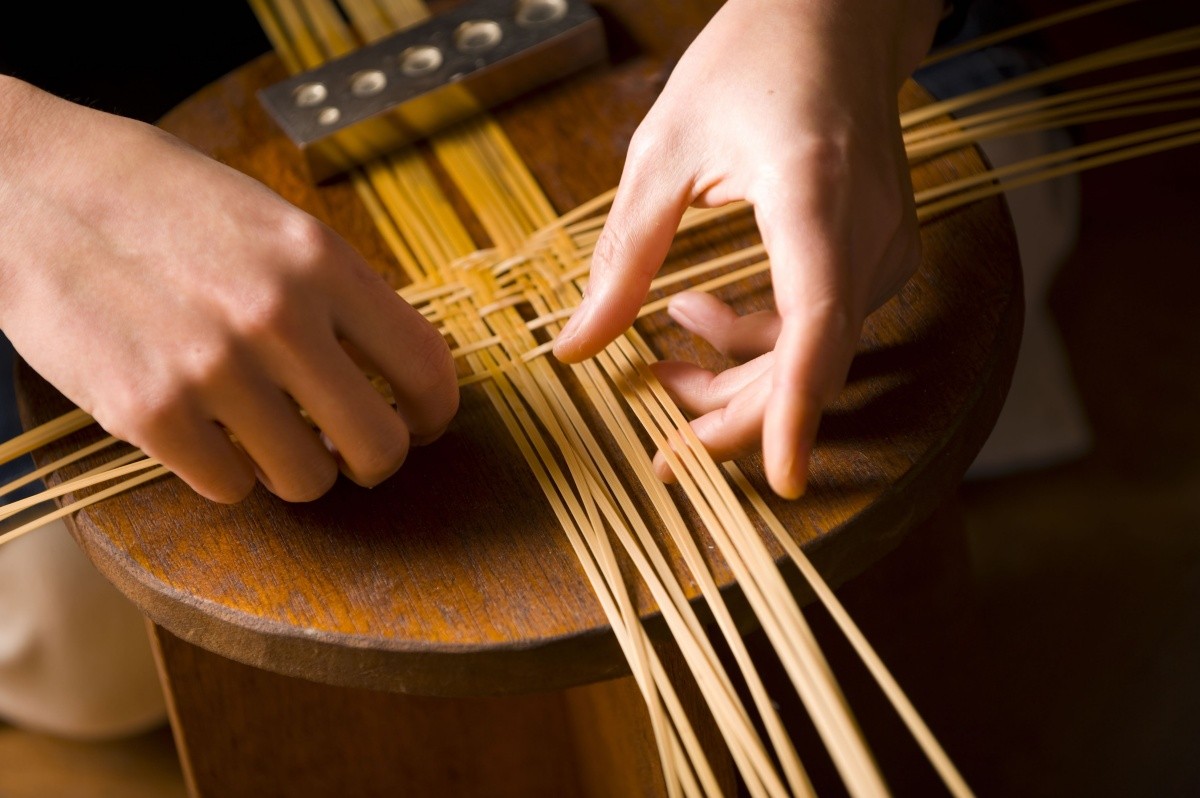
Traditional crafts made using bamboo are called "bamboo crafts" in Japan. Since ancient times, Japan has been blessed with abundant bamboo resources, leading to the creation of numerous bamboo products. Some of the oldest examples have been unearthed from Jomon-period archaeological sites. However, bamboo crafting techniques significantly advanced during the Nara period when skills from the Tang Dynasty were introduced. Over time, these techniques evolved uniquely in Japan, particularly in fields such as tea ceremony and flower arrangement.
Bamboo craftsmanship takes full advantage of bamboo’s natural properties. For example, since bamboo splits easily along its grain, it can be shaved into thin strips and woven into intricate patterns. Its flexibility and durability make it ideal for crafting fishing rods and bows. Bamboo crafts continue to be appreciated today for their blend of beauty and practicality.
Various Types of Bamboo Crafts: Bamboo Weaving
Katsuyama Bamboo Weaving (Okayama Prefecture)
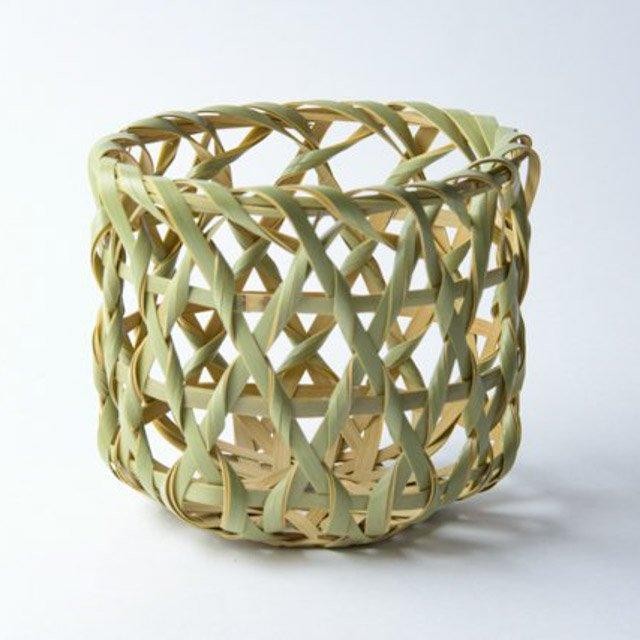
Katsuyama Bamboo Weaving is a traditional craft from Maniwa City in Okayama Prefecture, using "madake" bamboo as its primary material. Its origins date back to the early 19th century, and the craft is known for its focus on functionality. Representative products include "souke1," "mesizouke2," "mizouke3," and "komeagezouke4." These items feature a simple yet striking design that blends seamlessly with both Japanese and Western table settings. They are also used for various purposes, such as flower vases and wall decorations. With their durability and timeless appeal, Katsuyama Bamboo Weaving products continue to complement modern lifestyles.
*1: A bamboo sieve traditionally used for daily life and farming tasks.
*2: A bamboo strainer used to hang cooked rice under eaves to prevent spoilage.
*3: A bamboo basket used for carrying vegetables.
*4: A bamboo strainer used for draining washed rice.
👉 Purchase "Katsuyama Bamboo Weaving" (Yahoo! Shopping)
Beppu Bamboo Crafts (Oita Prefecture)
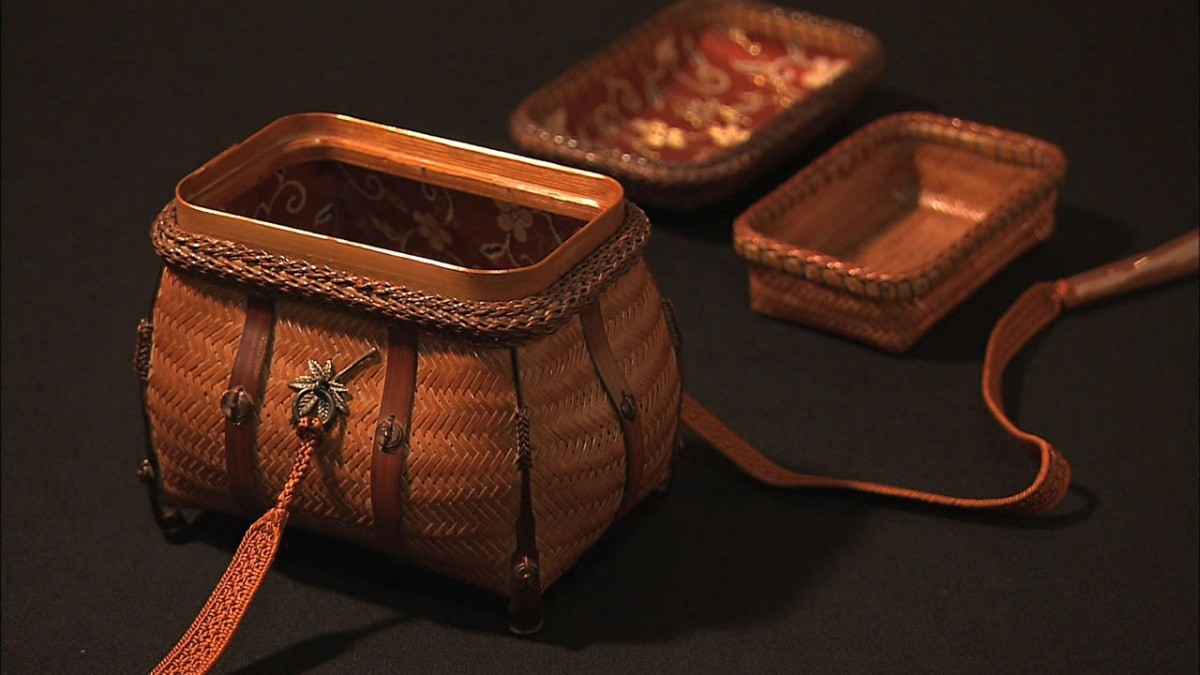
Beppu Bamboo Crafts trace their origins back to the Muromachi period when they were initially made as baskets for peddlers. By the Edo period, with the development of Beppu Onsen in Oita Prefecture, these crafts became popular as kitchenware for hot spring visitors. In the late Meiji period, the "Beppu Industrial Apprentice School Bamboo Basketry Department" was established, further accelerating the advancement of techniques, leading to the craftsmanship seen today. The primary material used is "madake" bamboo from Oita Prefecture, with "hachiku" and "kurochiku" bamboo also utilized depending on the purpose. There are over 400 different weaving patterns based on eight fundamental techniques, and the designs highlight bamboo’s flexibility and strength. The fine handwoven details make these crafts not only beautiful but also highly valued as tea utensils and flower vases. Beppu Bamboo Crafts remain a popular souvenir and are still regarded as one of Oita Prefecture’s signature local industries.
👉 Purchase "Beppu Bamboo Crafts" (Yahoo! Shopping)
Suruga Takesensuji Craft (Shizuoka Prefecture)
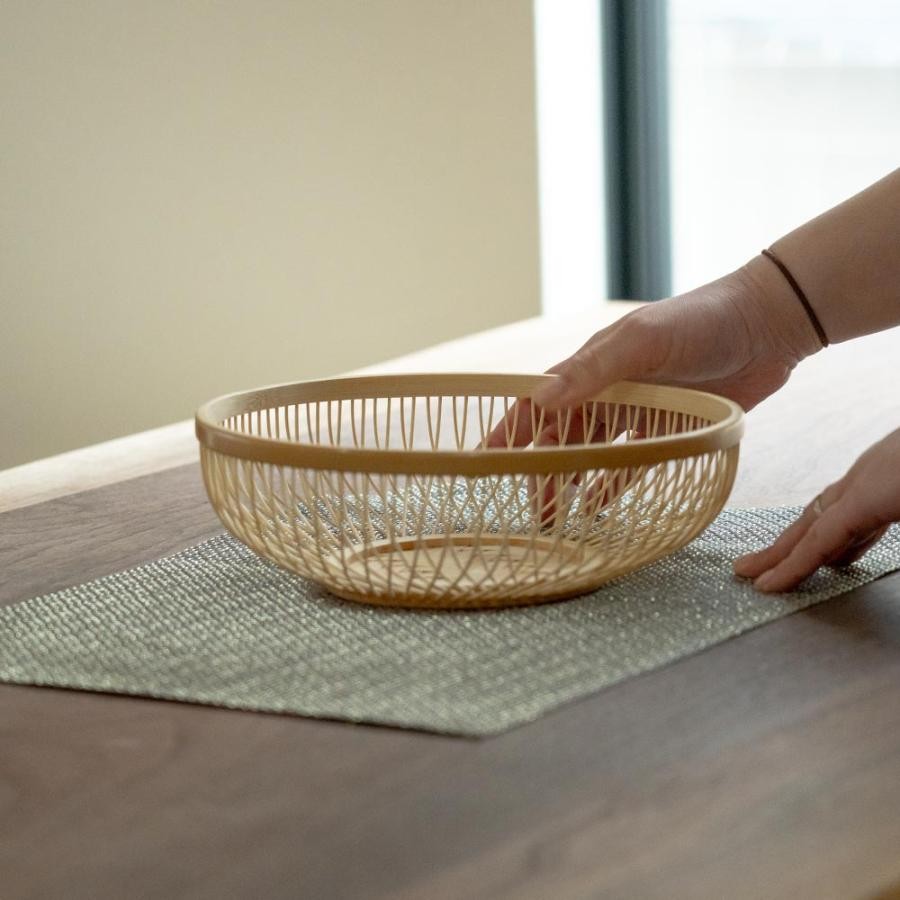
Suruga Takesensuji Craft primarily uses "nigatake" and "mousouchiku" bamboo. This craft originated in the mid-19th century when a samurai from Okazaki Domain, skilled in bamboo craftsmanship, introduced the techniques to Suruga. The craft involves weaving thin, elongated bamboo strips known as "maruhigo" into bamboo rings to create a variety of items, including flower vases, decorative baskets, and tea saucers. The term "sensuji" (meaning "a thousand lines") refers to the remarkable thinness of the bamboo strips—so fine that 1,000 of them can fit within a 90cm-wide tatami mat. From splitting bamboo to assembling the final product, a single artisan meticulously handles the entire process. Suruga Takesensuji Craft is celebrated for its lightweight feel, graceful curves, and exquisite precision, making it a symbol of Japan’s sophisticated bamboo craftsmanship.
👉 Purchase "Suruga Takesensuji Craft" (Yahoo! Shopping)
Various Types of Bamboo Crafts: Fishing Rods
Edo Wazao (Tokyo)
Edo Wazao is a handcrafted bamboo fishing rod that originated in the mid-Edo period and reached the level of fine art by the late Edo period. As fishing culture flourished in Edo Bay and nearby rivers, the rods evolved to meet the diverse needs of anglers. These rods are characterized by their ease of use, tailored to different fish and fishing locations, and their beautifully lacquered finishes. They are made from carefully selected Japanese bamboo varieties such as "hoteitake," "hachiku," "yadake," and "madake," which are dried for several years before being crafted. Each rod undergoes a meticulous process that includes bending adjustments, jointing, thread wrapping, and lacquering. Edo Wazao combines practicality with artistic beauty, making it not just a fishing tool but also a highly valued piece of craftsmanship.
Kishu Hera Rod (Wakayama Prefecture)
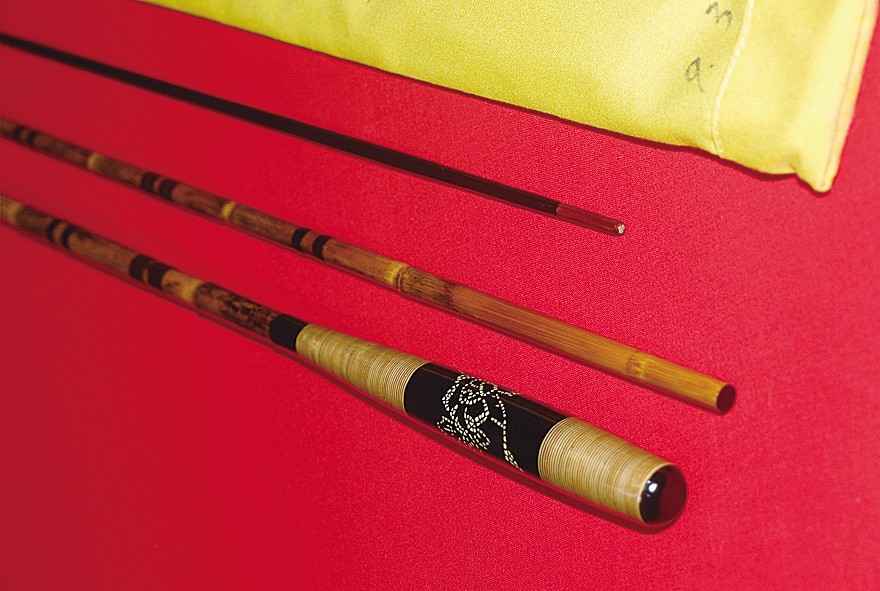
The Kishu Hera Rod is a traditional bamboo fishing rod designed specifically for "hera-buna" (crucian carp) fishing. This craft requires advanced artisan techniques and was first developed in Osaka during the 1870s and 1880s. However, it flourished in Hashimoto City, Wakayama Prefecture, due to its proximity to the production area of "koyatake" (suzu bamboo), the key raw material. The national popularity of Kishu Hera Rods surged during the early Showa period, thanks to the growing popularity of hera-buna fishing.
A distinctive feature of Kishu Hera Rods is their construction—bamboo pieces approximately 90cm long are connected in sets of three to five, with the tip finely tapered into a cone shape and the grip designed to be thicker for better handling. The manufacturing process involves 12 intricate steps, all done by hand, from drying the bamboo to applying lacquer. Each rod is carefully crafted by skilled artisans, ensuring both functionality and refined aesthetics.
Various Bamboo Crafts: Umbrellas, Utensils, Bows, and More
Gifu Wagasa (Gifu Prefecture)
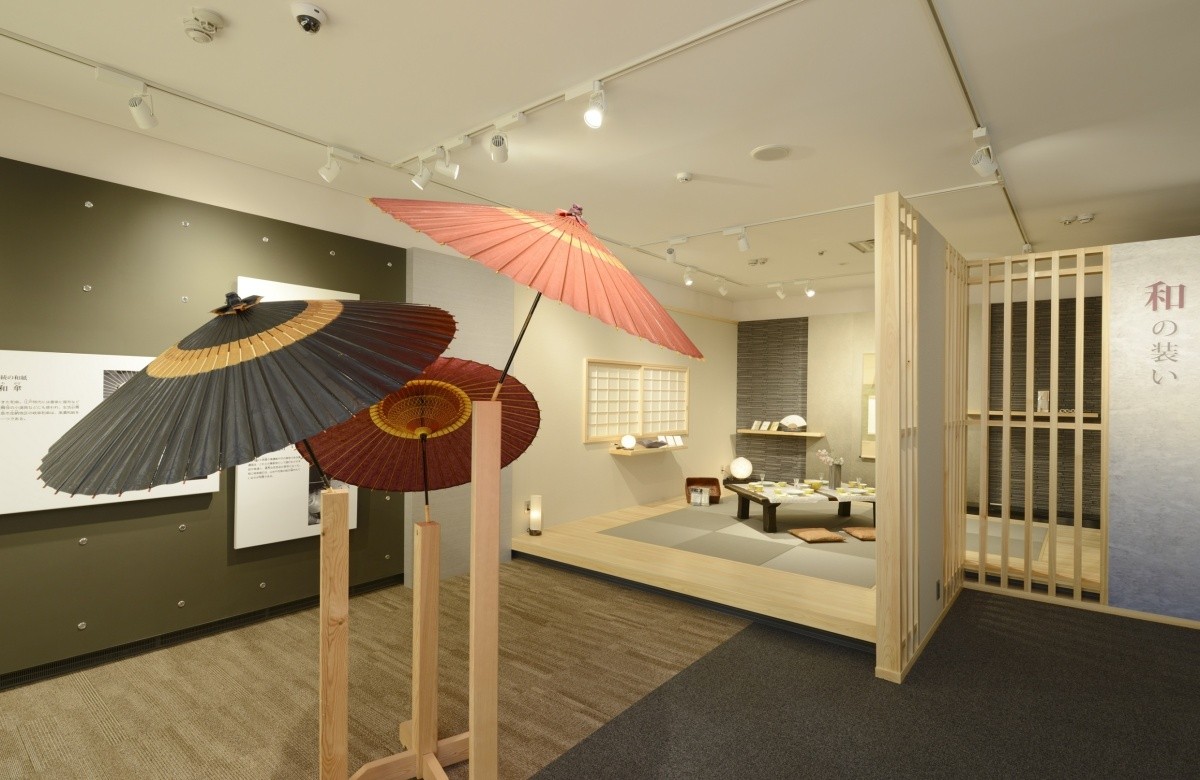
During the Edo period, many lower-ranked samurai struggled with low incomes, leading them to take on side jobs such as crafting Gifu Wagasa, a traditional Japanese umbrella. Gifu City, located along the Nagara River, had an abundant supply of high-quality materials like washi paper, bamboo, and perilla oil, which allowed the area to flourish as a center for wagasa production. One distinctive feature of Gifu Wagasa is its "hosomono" structure, which enables the umbrella to fold down neatly and elegantly. The production process is divided into specialized tasks: artisans bind the bamboo ribs with thread, apply washi paper, coat it with oil, paint it, and finally dry it in the sun. These umbrellas come in a variety of designs, including rain umbrellas, parasols, dance umbrellas, and outdoor tea ceremony umbrellas, making them a perfect blend of functionality and beauty.
Osaka Kongō Sudare (Osaka Prefecture)
Osaka Kongō Sudare originated in the Heian period as decorative bamboo blinds (misu) used in the imperial court. This craft later developed in the Tondabayashi area of Osaka Prefecture. These blinds are even mentioned in "The Tale of Genji," the world’s oldest novel. The main material is high-quality "madake" bamboo, which grows naturally at the foot of Mount Kongō, located on the border between Osaka and Nara Prefectures. Artisans process the bamboo into fine strips, weave them together, and carefully finish the product. Kongō Sudare is appreciated not only for its natural aesthetic, which enhances traditional Japanese spaces, but also for its practical use as room dividers and sunshades.
Takayama Chasen (Nara Prefecture)
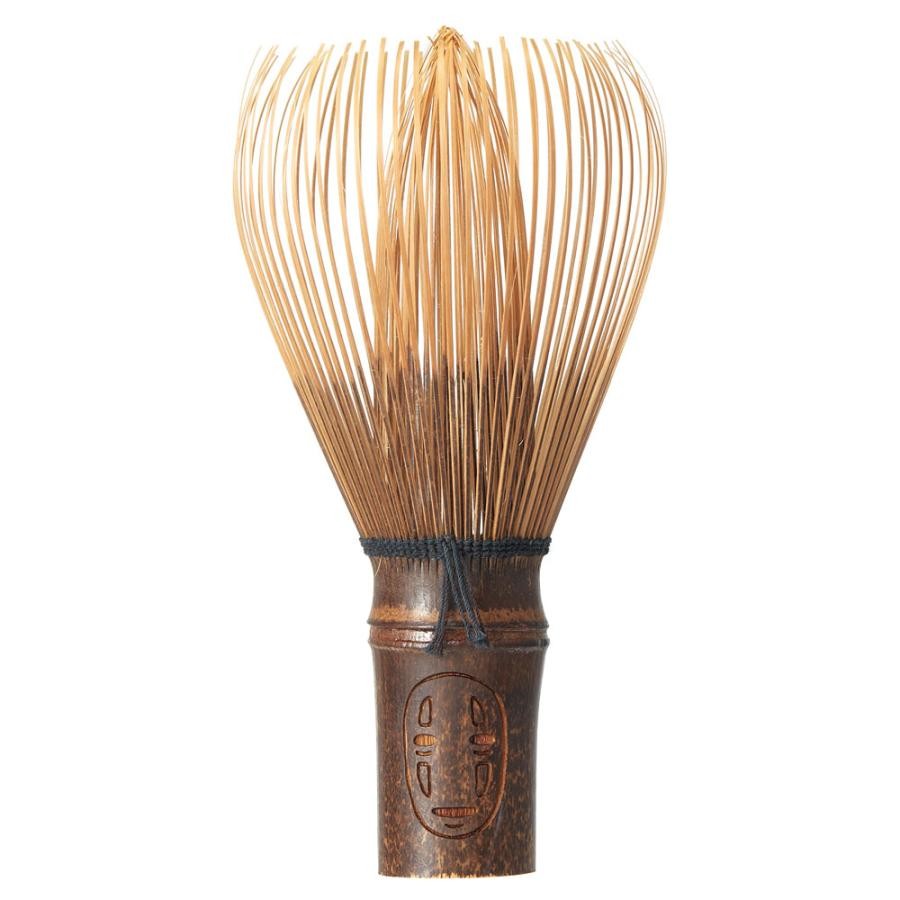
Takayama Chasen is a traditional bamboo tea whisk crafted in Ikoma City, Nara Prefecture. It dates back to the mid-Muromachi period when the son of Takayama Castle’s lord created it at the request of Murata Jukō, the founder of the tea ceremony. Initially, the technique was a closely guarded secret within the lord’s family, but it was later passed down to 16 vassals, establishing Takayama as the sole production area in Japan. Chasen is an essential tool in the tea ceremony, used to whisk matcha into a smooth froth. With over 120 varieties, each designed for different schools of tea ceremony and specific uses, Takayama Chasen's shape and fineness of carving affect the taste of the tea. Every piece is handcrafted with meticulous skill, demonstrating the profound influence craftsmanship has on tea preparation.
👉 Purchase "Takayama Chasen" (Yahoo! Shopping)
Miyakonojo Daikyū (Miyazaki Prefecture)
Miyakonojo Daikyū is a traditional bamboo bow produced around Miyakonojo City in Miyazaki Prefecture. This craft has been flourishing since the Edo period. The primary materials used are Miyakonojo-grown "madake" bamboo and "haze" wood. The crafting process involves over 200 steps, all completed by a single artisan known as a "yumi-shi" (bow maker). In the early Showa period, these bows were even exported to East Asia, establishing Miyakonojo as a major production center. Although there was a period of decline, the city remains Japan’s only production area for bamboo bows, manufacturing 90% of the country’s supply. The precise craftsmanship behind Miyakonojo Daikyū reflects Japan’s traditional archery culture, blending time-honored techniques with exquisite aesthetics.
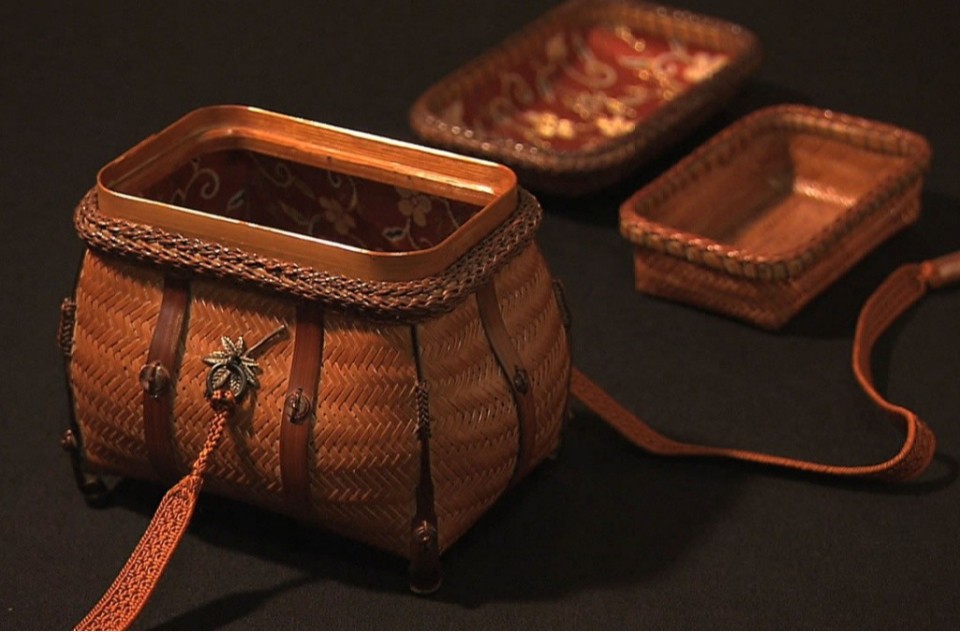
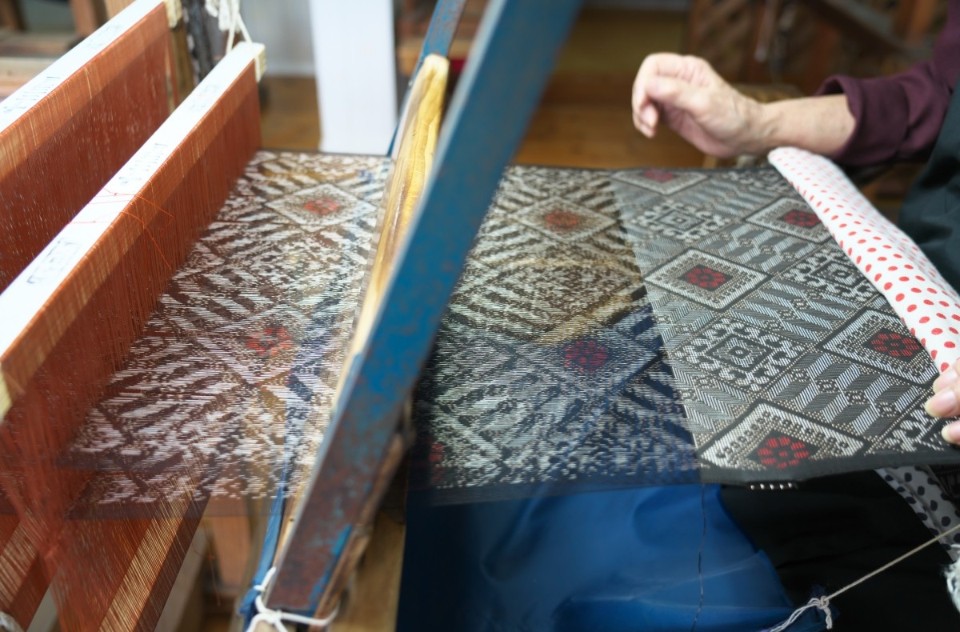
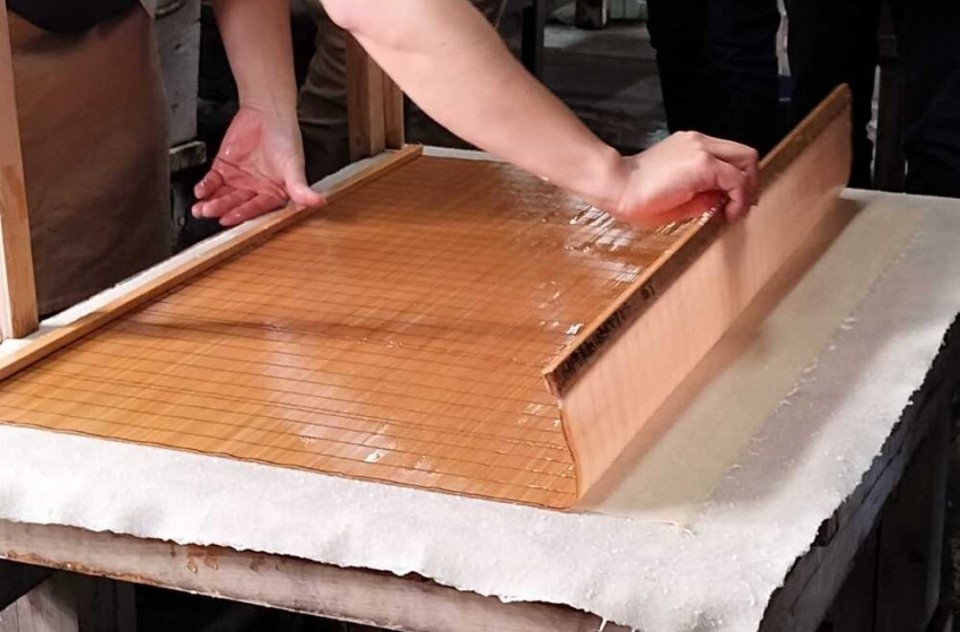
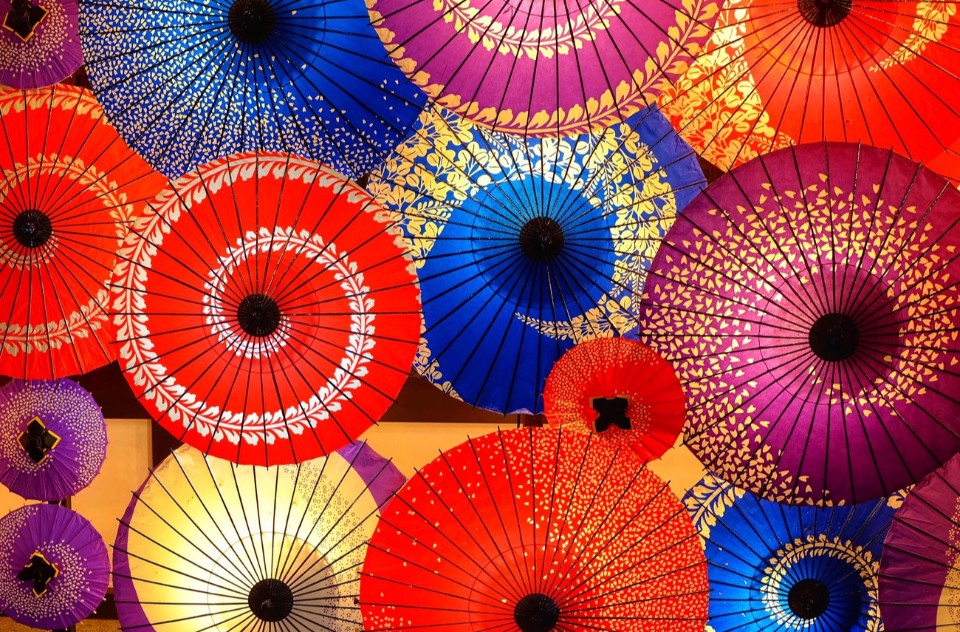
Comments